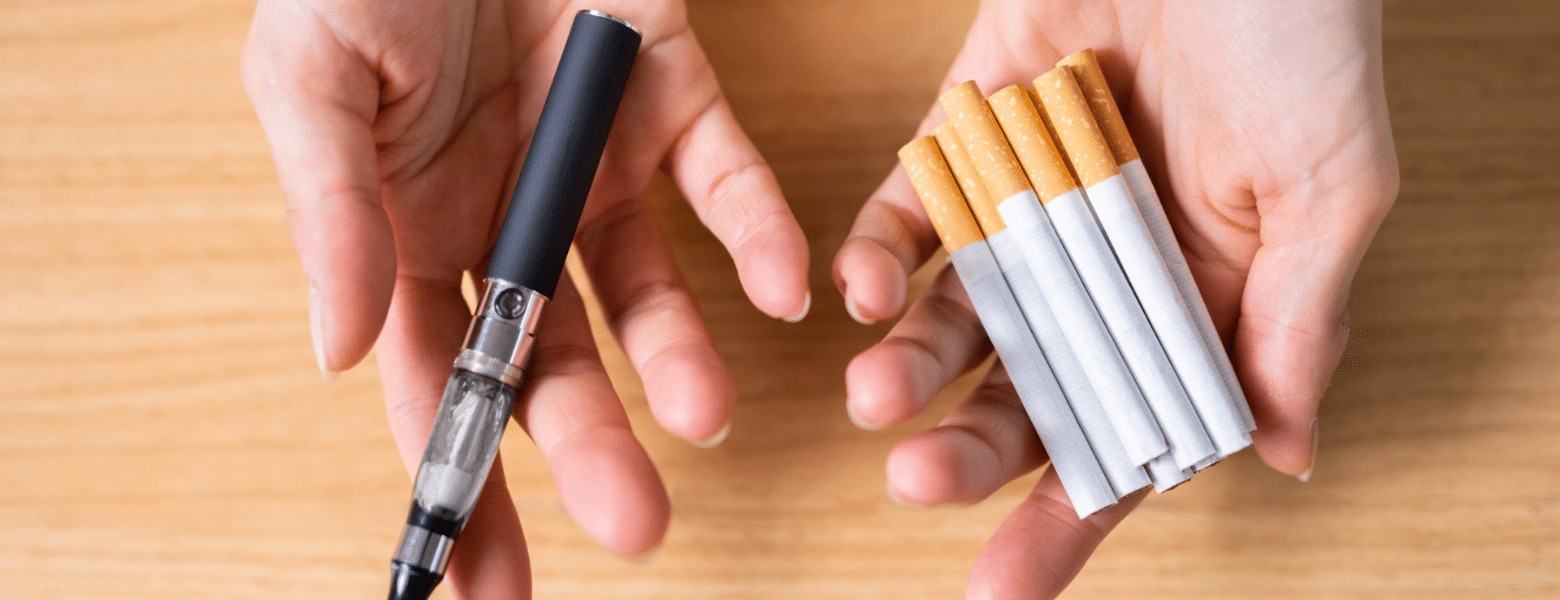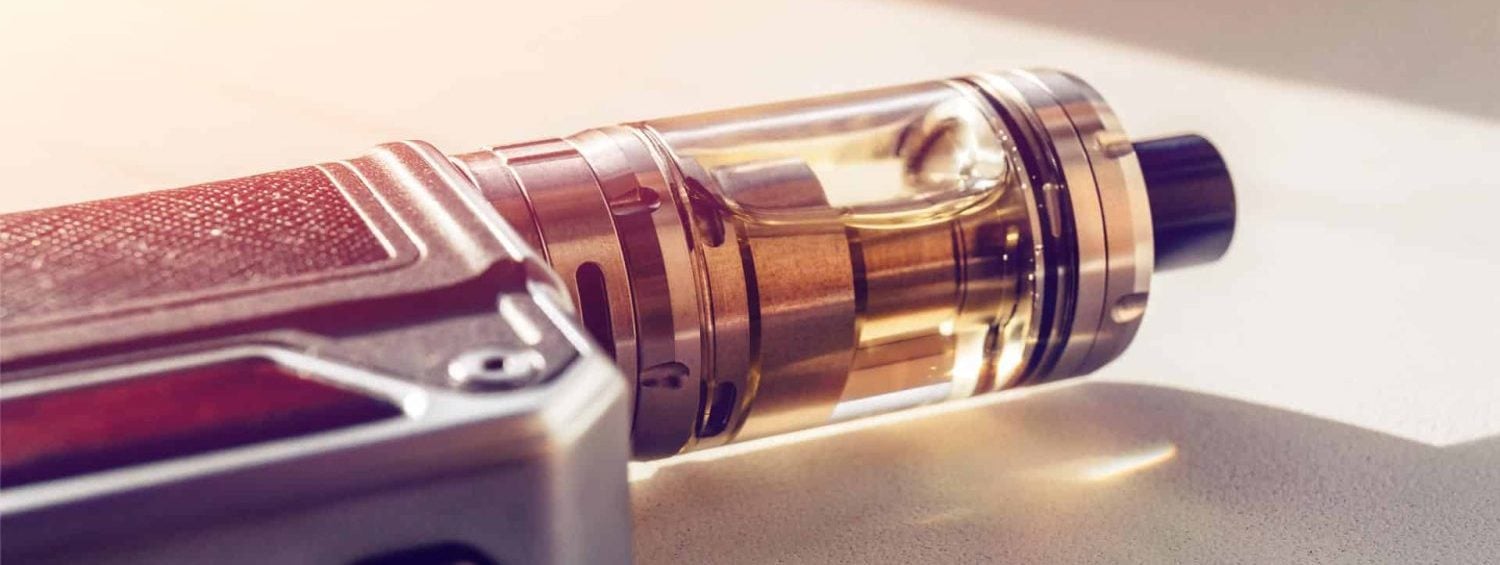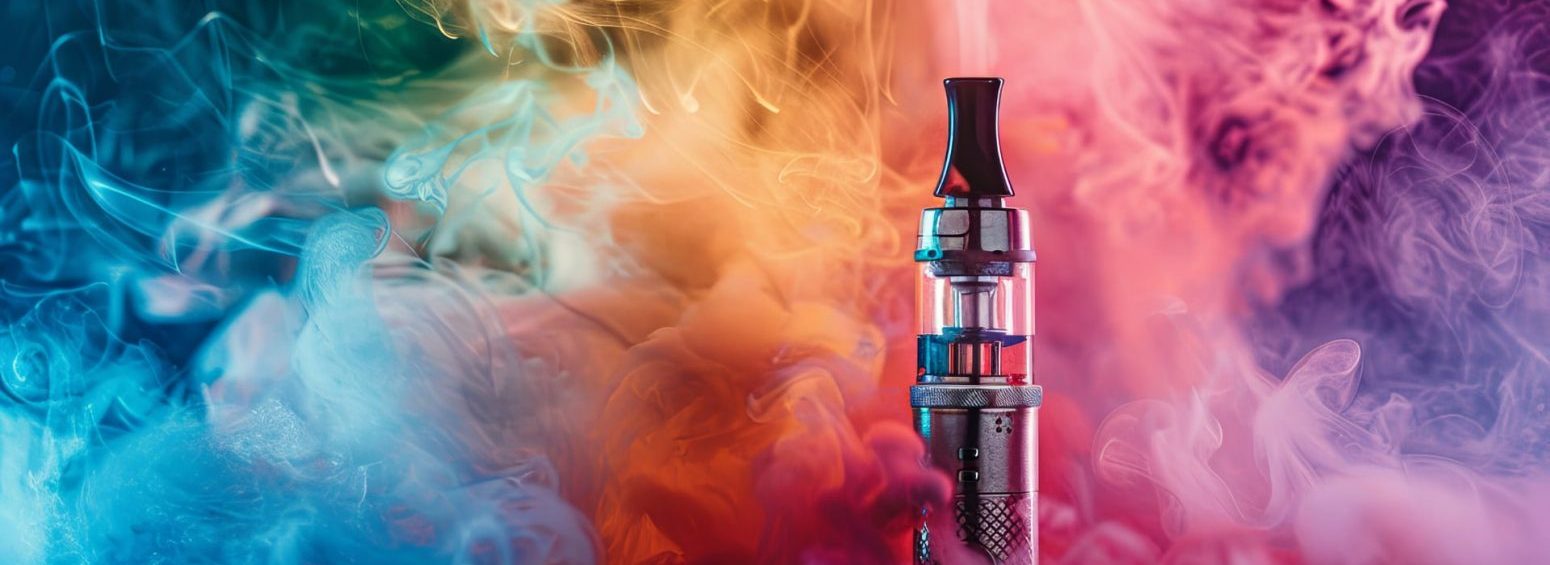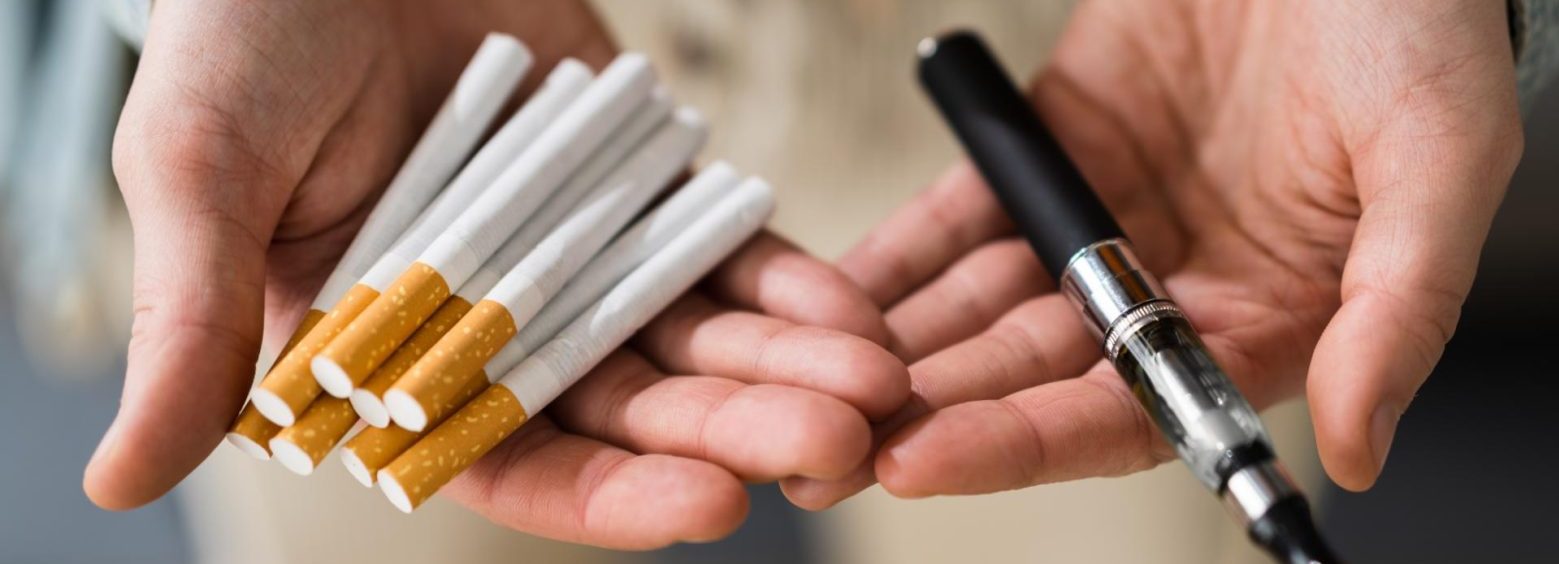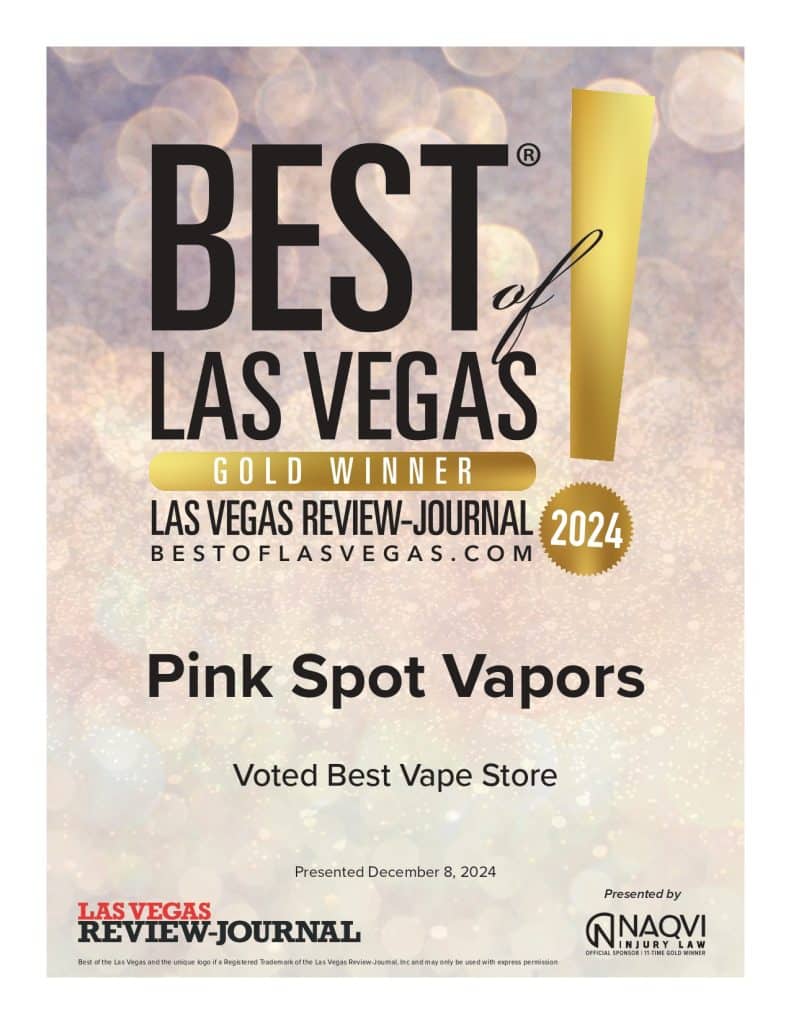- WARNING: This product contains tobacco-free nicotine
- Nicotine is an addictive chemical
- This product is not derived from tobacco
Table of Contents
Subscribe to our newsletter
Recent Posts
Share post:
Table of Contents
Vaping has surged in popularity since its invention more than a decade ago, captivating millions as a modern alternative to traditional smoking. But what exactly is vaping? At its core, vaping involves inhaling vapor produced by electronic cigarettes, which heat a flavored liquid known as e-liquid or e-juice. This innovative method not only offers a diverse range of flavors—from sweet desserts to refreshing fruits—but also allows users to enjoy nicotine without the harmful byproducts of combustion found in regular cigarettes.
This comprehensive guide will explore the definition of vaping, its components, how it works, the differences between vaping and smoking, its health implications, and the evolving legal landscape. We aim to provide valuable insights for both new vapers and seasoned users.
What is Vaping?
Vaping, in simple terms, involves the act of inhaling an aerosol, commonly referred to as vapor, created by an electronic cigarette or any similar device. E-cigarettes do not burn tobacco but instead use a liquid specifically made to be heated, known as e-liquid or vape juice. These devices, along with the process, provide for a flavorful vapor that the users inhale, which may contain a mix of nicotine, many flavors that appeal to consumers, and other ingredients selected for specific properties that facilitate the production of vapor. Many have been attracted to vaping because it’s an experience that delivers satisfaction minus the toxic byproducts of combustion, hence an attractive option for one to quit the smoking habit.
Key Components of Vaping Devices
- Battery: Powers the device.
- Atomizer: Heats the e-liquid to create vapor.
- E-liquid Tank: Holds the liquid that gets vaporized.
- Mouthpiece or Drip Tip: Where users inhale the vapor.
Difference Between Vaping and Smoking
The fundamental difference between vaping and smoking lies in their methods of consumption:
- Combustion vs. Vaporization: Smoking uses combustion. Tobacco leaves are burnt, thereby creating smoke that contains tar and thousands of other chemicals; vaping makes use of vaporization; it heats the e-liquids without combustion to create a flavored aerosol that most people find enjoyable and less harsh on their throats.
- Chemical Exposure: While both methods expose users to nicotine and other substances some of which may be harmful, studies indicate that e-cigarettes generally contain far fewer toxic chemicals than traditional cigarettes. However, they are not without risks.
- Flavor Range: The great excitement of vaping comes in with the variety of flavors. There are fruity concoctions, dessert-inspired blends, and just about any other flavor combination that one can imagine. Users can always customize to their heart’s content so, it can be a fun experience and an engaging alternative to the taste of burnt tobacco.
In one word, vaporizing is a modern innovation in nicotine use, full of different styles and flavors. Thus, it brings a great experience with the chance to try new tastes and sensations in a safer and more controlled environment than classic smoking. That is why many people prefer this innovative novelty, once it continues to develop.
How Do Electronic Cigarettes Work?
E-cigarettes work through the heating of purpose-made E-liquid until it converts into an aerosol capable of being inhaled. There are different steps as well:
- Activation: The activation of the device can be done through pressing a button or inhaling.
- Heating: The atomizer is powered up by the battery, and now the e-liquid gets heated up.
- Vapor Production: The liquid solution gets converted to vapor.
- Inhalation: The user inhales the vapor through the mouthpiece.
Types of Electronic Cigarettes
There are various types of e-cigarettes available on the market today:
- Cigalikes
They look quite similar to actual cigarettes and are often disposable. They are not very complicated and may be pre-filled with the E-liquid. If they are prefilled, they are considered a “closed system.” They may also take prefilled cartridges that are changeable and disposable.
- Vape Pens
They are larger than cigalikes, have control over both temperature and power, and will provide far more customization from a vaping experience. Most devices have a refillable tank.
- Mods and Advanced Personal Vaporizers (APVs)
These devices have the potential to provide extreme versatility in terms of power and temperature. They tend to be favorites of more experienced vapers since they seek a particular experience in vaping that the customization and range of performance that this type of device offers.
- Disposable Mods
A convenient and satisfying, yet wasteful and expensive device style. Just puff until the liquid runs out and throw it away. Many newer models contain surprisingly advanced features such as led screens, variable power, fast charging and even bluetooth connection to your phone.
E-Liquids and Their Ingredients
E-liquids generally consist of four main ingredients:
- Propylene Glycol (PG): A colorless liquid used as a base for e-liquids.
- Vegetable Glycerin (VG): A thicker liquid that produces more vapor.
- Nicotine: An optional addictive substance found in tobacco.
- Flavorings: Various food-grade flavors to enhance the vaping experience.
The Appeal of Vaping
Many individuals turn to vaping for various reasons:
- Smoking Cessation: Some use e-cigarettes as a tool to quit smoking traditional cigarettes.
- Flavor Variety: E-liquids come in countless flavors, appealing to diverse tastes.
- Relaxation: Many people find that sitting back and enjoying a quiet moment with a vape is very soothing, similar to traditional tobacco use in pipes and cigars.
Research on Smoking Cessation
A systematic review published in Addiction found that e-cigarettes can be more effective for smoking cessation compared to traditional nicotine replacement therapies (Higgins et al., 2016). Read more about this research here.
Legal and Regulatory Landscape
The legality of vaping varies from region to region:
In the United States, the FDA regulates e-cigarettes as tobacco products. They include the age restrictions for purchase at 21 years and specific requirements for labeling products. The FDA has not recognized nicotine vapor products as modified risk tobacco products.
New laws came into effect in Australia on July 1, 2024, where restrictions on flavorings and the amount of nicotine in e-liquids are imposed. This is supposed to continue denying access to vaping products by children but will allow adults to have access to them.
In the European Union, liquids and vaporizers would have to be standardized and quality-controlled, and ingredients disclosed. The containers for liquids would also have to be child-proof. In some countries, e-cigarettes have been regulated as medical products even though they were not approved as smoking-cessation aids.
Understanding what is vaping, its components, appeal, health implications, and legal landscape can help consumers make informed choices about their health. As regulations continue to evolve globally, staying updated on these changes is essential for both users and potential users alike.
For more information on different types of vapes or if you’re considering using vaping as a tool to quit smoking, visit our local vape store or explore various vape liquid options available today.
FAQ Section
What age Do You Have to Be to Vape?
In the United States, you must be 21 years of age to purchase e-cigarettes.
Is Vaping Safer Than Smoking?
While many health experts agree that vaping is likely less harmful than smoking traditional cigarettes, there remain some health risks.
What are the Costs Associated With Vaping?
Costs can vary widely depending on device type and frequency of use but generally include initial device purchase, e-liquid refill and atomizer replacement costs. It is generally recognized that using an e-cigarette as recommended is far less expensive than smoking.
Can You Vape in Public Places?
Regulations vary by location; some areas allow vaping in public while others restrict it similarly to smoking.
What Exactly is in a Vape?
Vapes typically contain nicotine (optional), propylene glycol, vegetable glycerin, and flavorings.
How is Vaping Different from Smoking?
Vaping uses heated liquid rather than burning tobacco, resulting in fewer harmful substances being inhaled.
Subscribe to Our Newsletter
Subscribe now to keep reading and get access to the full archive.
"*" indicates required fields
